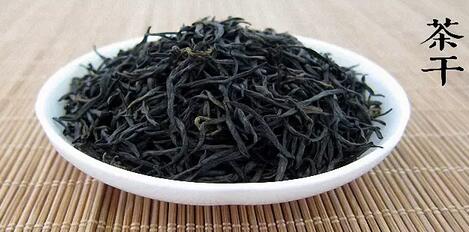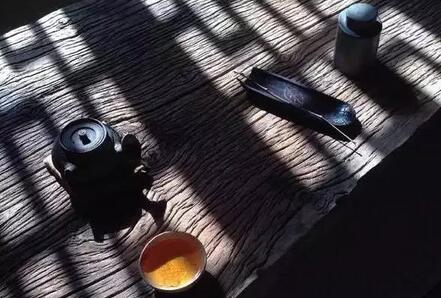Lapsang Souchong tea soup, after being left for a few hours, turns a light black color. Why is this?
Black tea production involves the enzymatic oxidation of tea polyphenols into theaflavins during withering and fermentation. Theaflavins then polymerize into thearubigins, which further polymerize into theabrownins. The actual biochemical process is much more complex. In the final product, the color of black tea soup is primarily determined by three substances: theaflavins, which influence the brightness; thearubigins, which form the main color; and theabrownins, which determine the depth of the color.

Here, theabrownin deserves special mention. In black tea, theabrownin generally has a negative effect, causing the soup to darken and lose its sharpness. This is often the result of over-fermentation or anaerobic fermentation. However, theabrownin is a key component in Pu-erh tea, contributing to its reddish-brown or dark-brown color, reducing astringency, and providing a sweet, mellow taste.
The darkening of the tea soup is primarily due to excessive theabrownin, which is a negative factor for tea quality.
If the tea soup is left for a few hours, the temperature drop may cause "cold cloudiness," a phenomenon where theaflavins combine with caffeine. However, given the darkening of the soup, it is likely that theabrownin is the dominant factor, as theaflavins and caffeine are present in smaller quantities.

Additionally, considering the production process of Lapsang Souchong, which includes steps like "over-red pan" and smoking, it is normal for the tea to have higher levels of theabrownin. In summary, the light black color of Lapsang Souchong tea soup after a few hours is still due to the action of theabrownin.